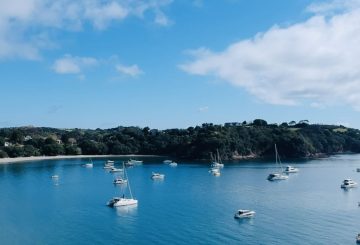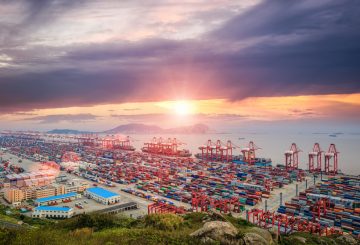토리 와나우 시장은 도심의 빈 토지에 대한 요금을 도입하는 아이디어를 지지했습니다.웰링턴 시의회가 현행 기업 세율을 유지하기로 결정했는데, 이는 주민들의 예상 요금 인상률이 이전에 생각했던 것만큼 높지 않을 수도 있다는 것을 의미할 수 있다.
장기 계획 및 재정위원회 (Long Term Plan and Finance Committee) 회의에서 새로운 요율과 시의회의 요금 감면 정책 변경에 관한 초기 결정이 내려졌습니다.시중금리 차이를 3.7달러에서 3.25달러로 낮추자는 제안은 열띤 토론을 촉발했습니다.토니 랜들 (Tony Randle) 시의회는 중심 업무 지구 밖의 기업들이 높은 상업 요율로 어려움을 겪고 있다고 강조했습니다.
레이 정 (Ray Chung) 시의회는 기업에 대한 지지를 표명했지만, 세입자가 비용을 지불해야 하기 때문에 요금을 변경해도 자신에게 아무런 영향을 미치지 않을 것이라고 지적했습니다.그는 주택 요금 납부자들이 이러한 변화를 지원하기 위해 더 많은 비용을 지불한다는 생각에 불편함을 표명했습니다.
벤 맥널티 (Ben McNulty) 시의회는 새 정부가 공정 급여 협정을 폐기하고 휘발유 세금을 인상하지 않는 등 다른 방법으로 기업을 지원할 것을 제안했습니다.그는 이러한 조치가 비즈니스 커뮤니티에 더 의미가 있을 것이라고 주장했습니다.
위원회는 결국 상업 요금 차이의 감소에 반대했습니다.그러나 그들은 도심의 빈 토지에 대한 요금 도입을 포함한 다른 모든 변경 사항을 승인했습니다.토리 와나우 시장은 동일한 가치의 주거용 부동산이 지불하는 1달러당 일반 세율의 차액을 5달러로 인상하는 수정안을 제안했습니다.
또한 시의회는 지진이 발생하기 쉬운 일부 주거용 건물에 대해서는 요율이 강화될 때까지 요금을 연기하기로 결정했습니다.이번 연기는 강화 공사가 시작되기 최대 3년 전까지 가능합니다.
회의에서 내려진 결정은 위원회의 2024-34년 장기 계획 내 요율에 대한 추가 작업을 안내하는 데 사용될 것입니다.장기 계획 초안에 대한 공식 협의는 2024년 4월에 열릴 예정이며, 요율에 대한 모든 변경은 2024년 7월부터 시행될 예정입니다.





























































